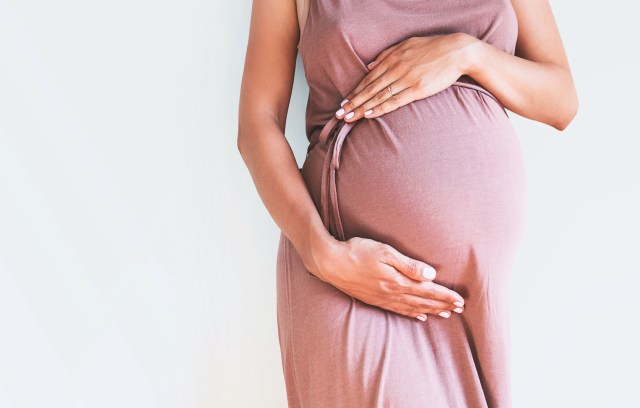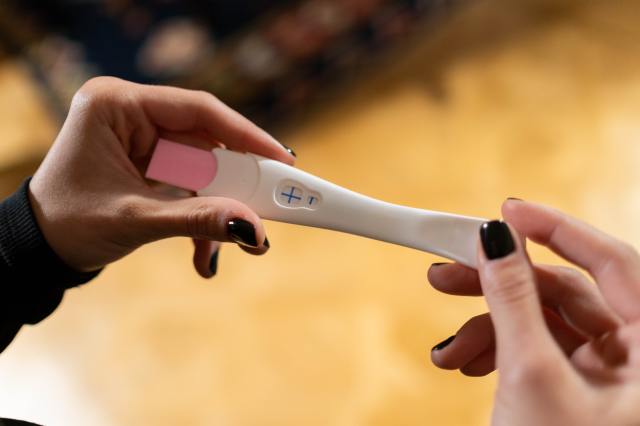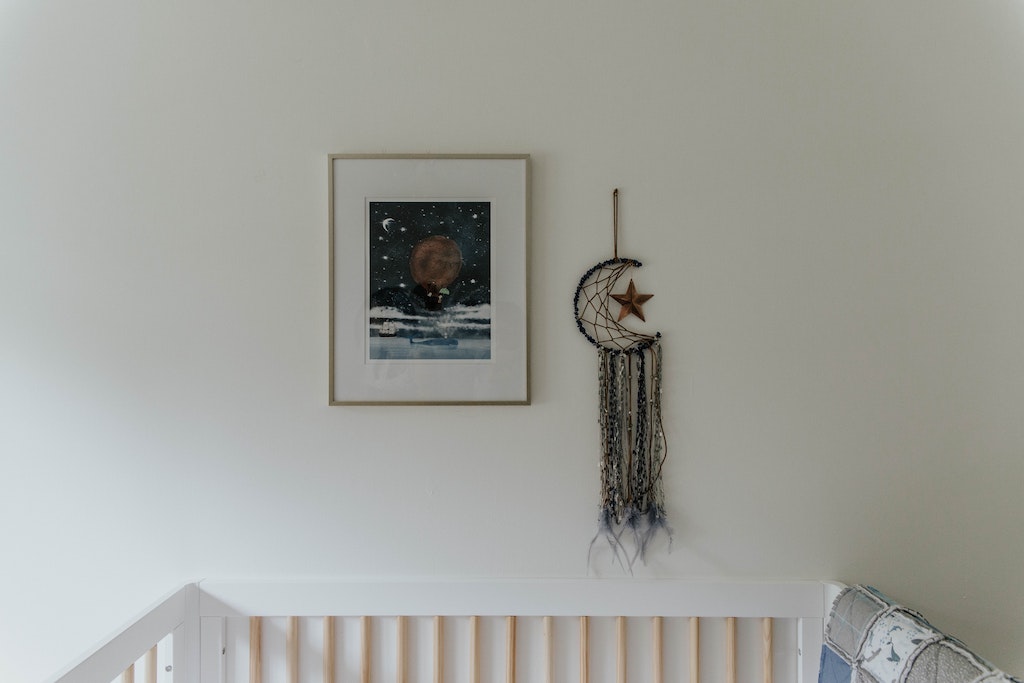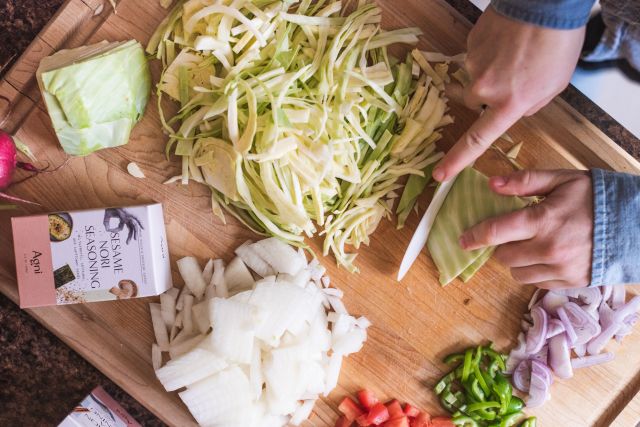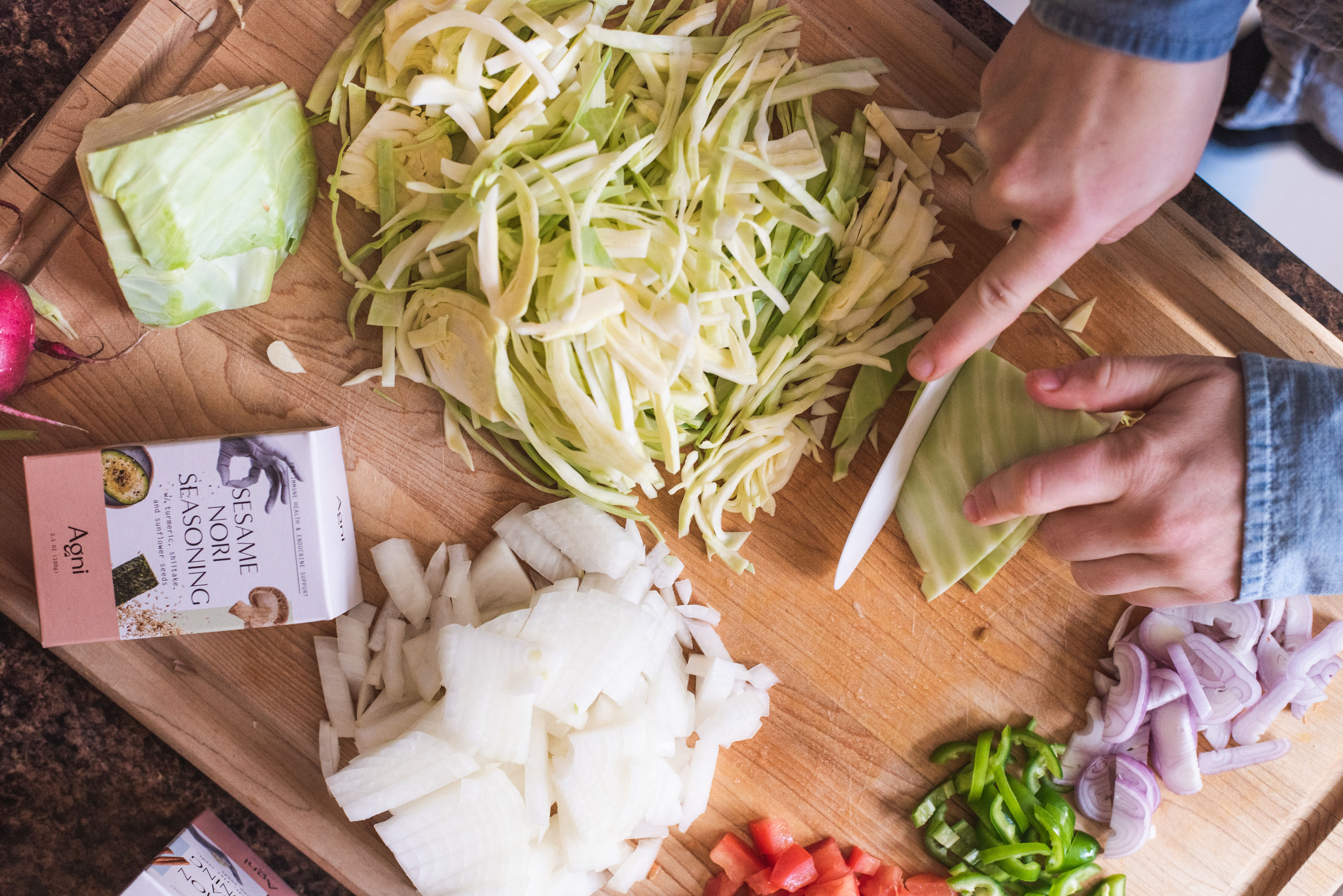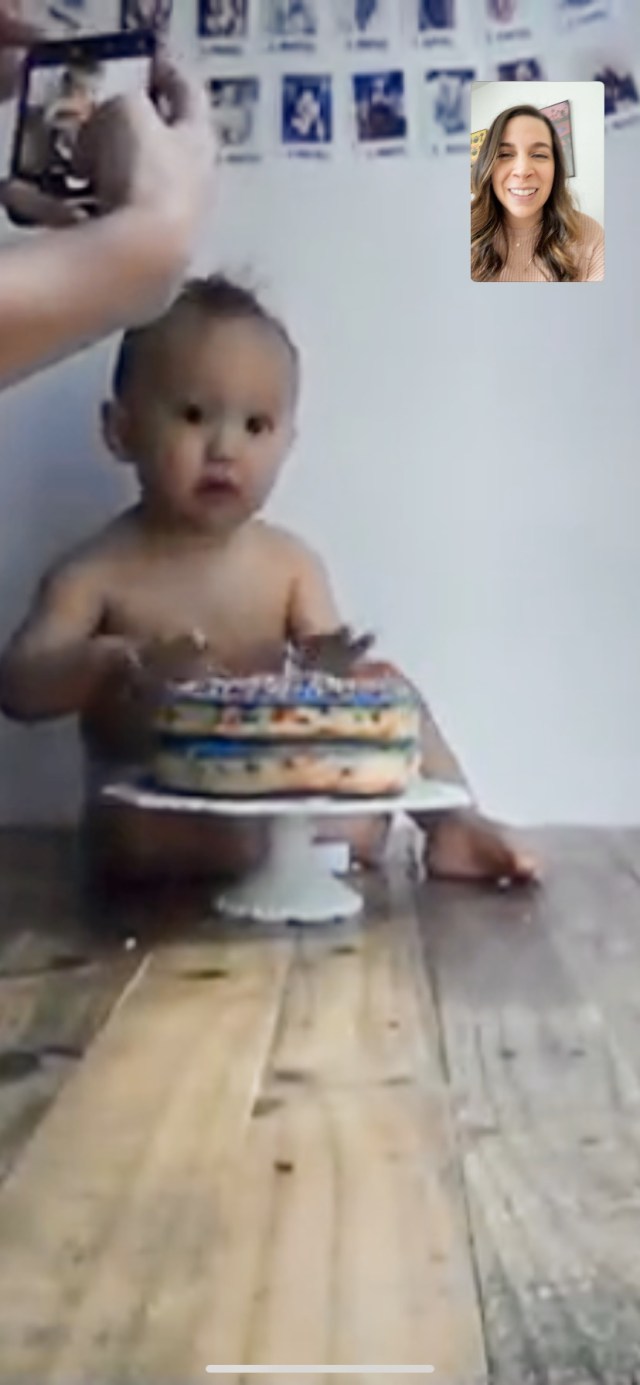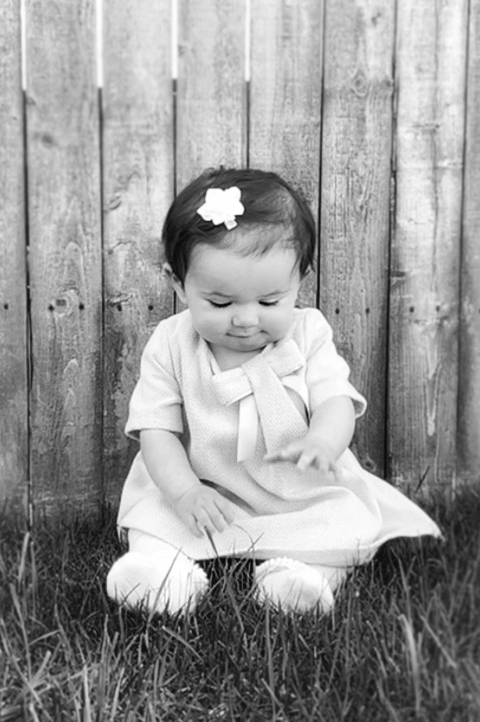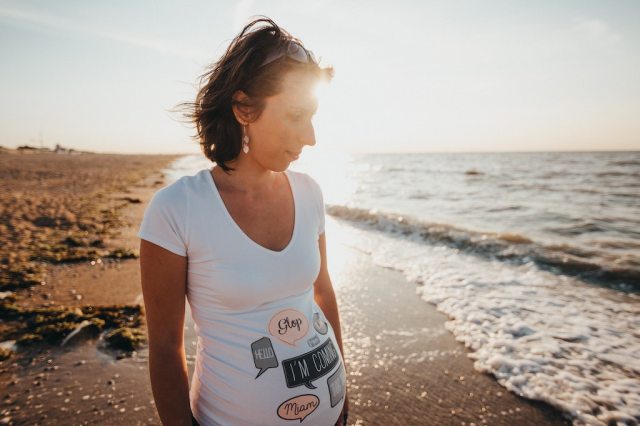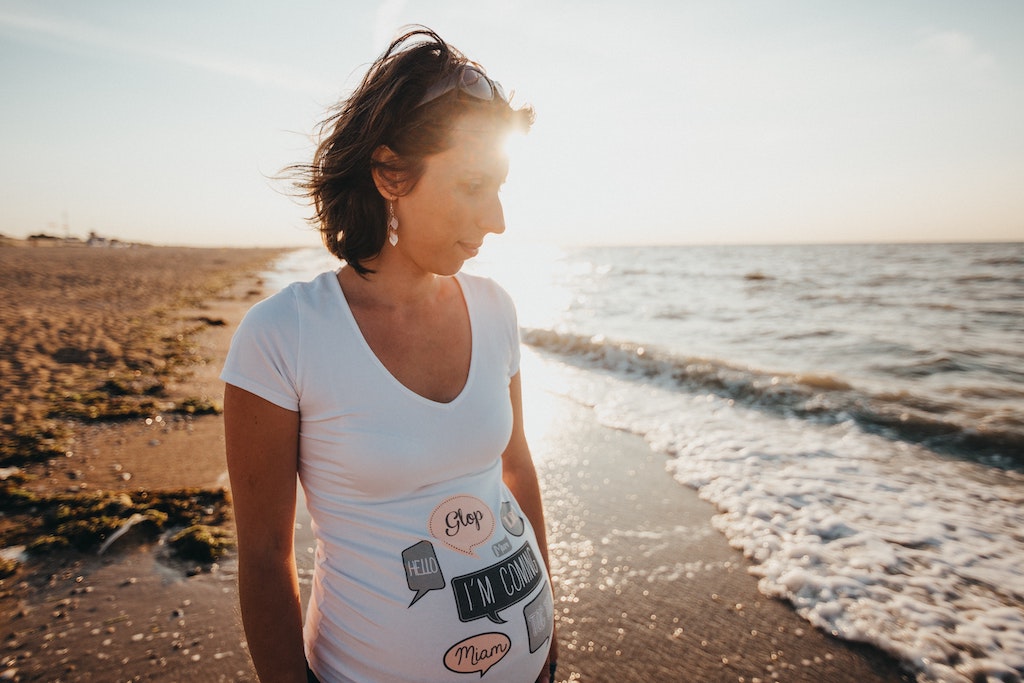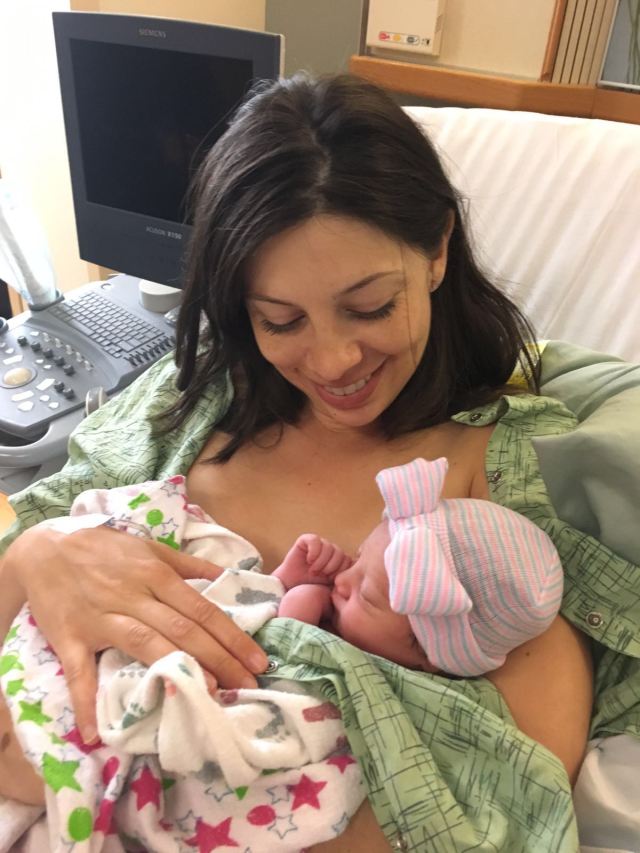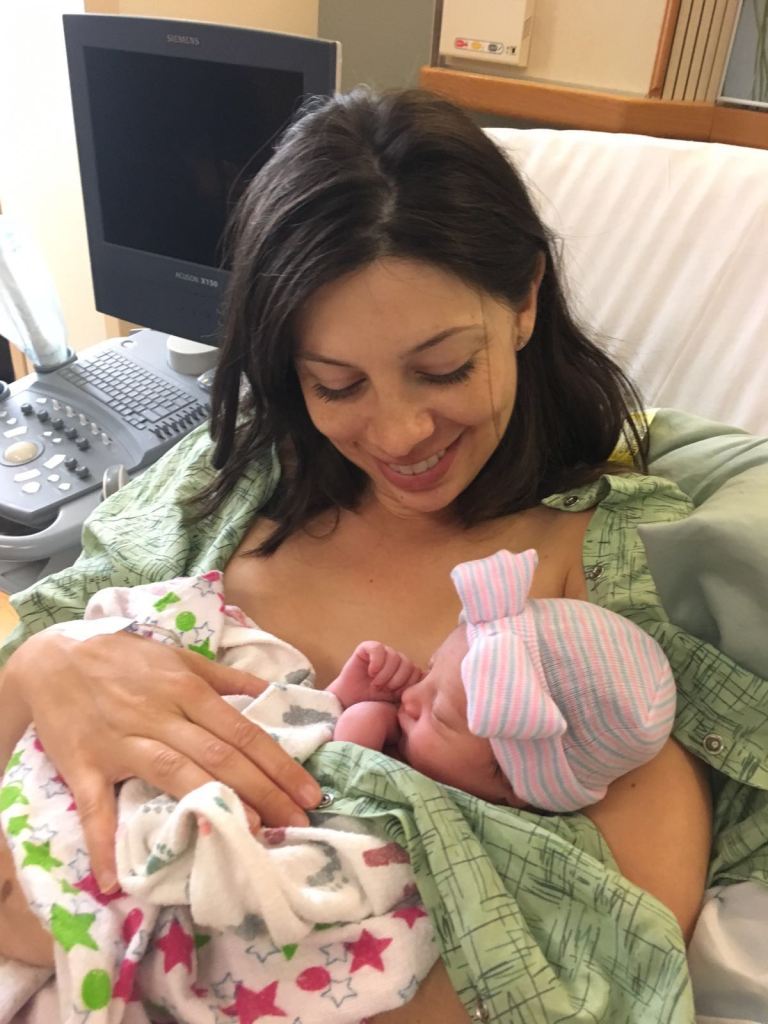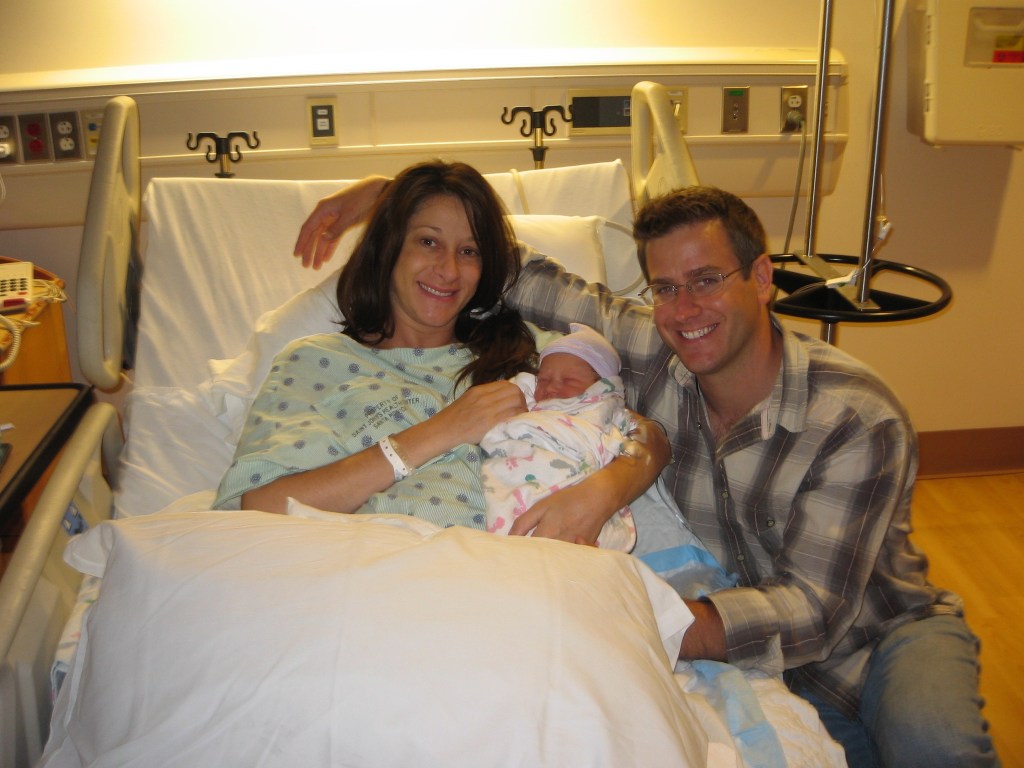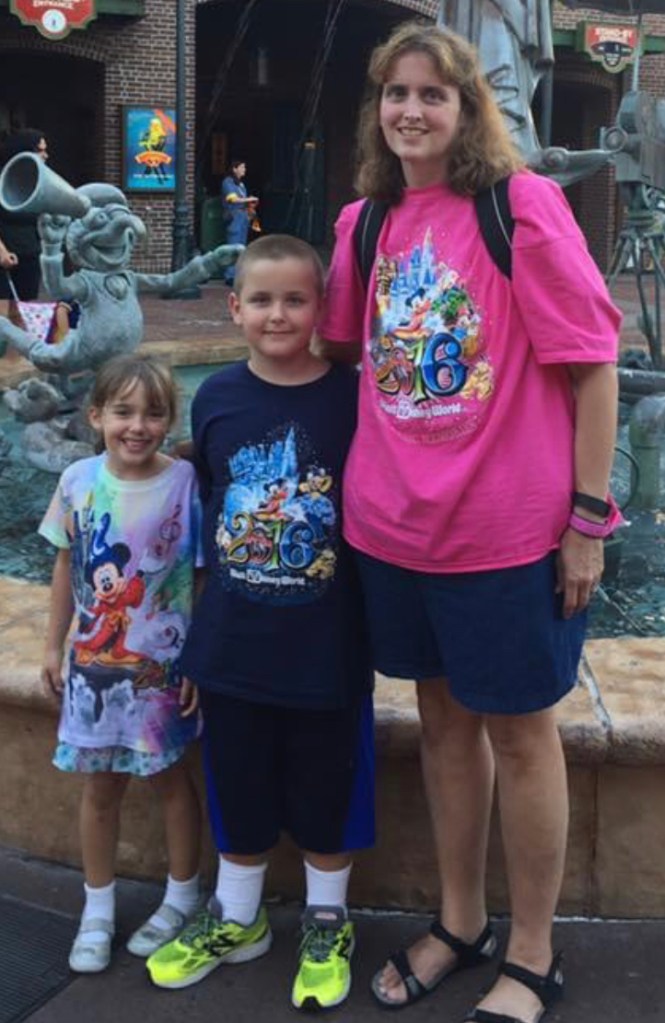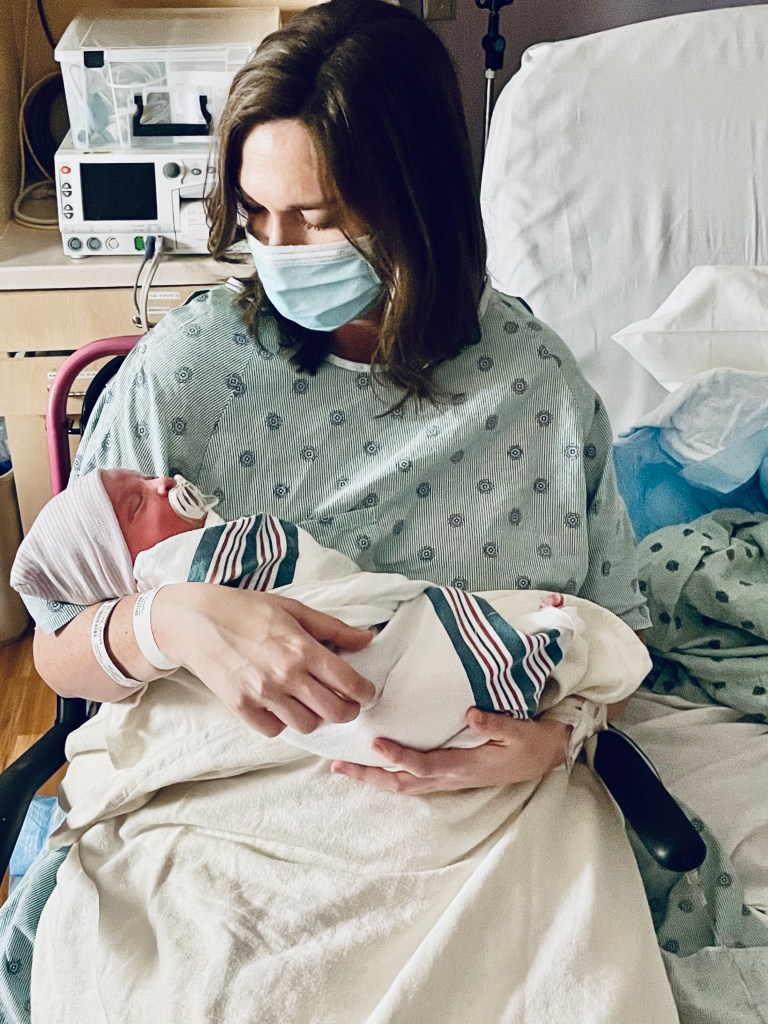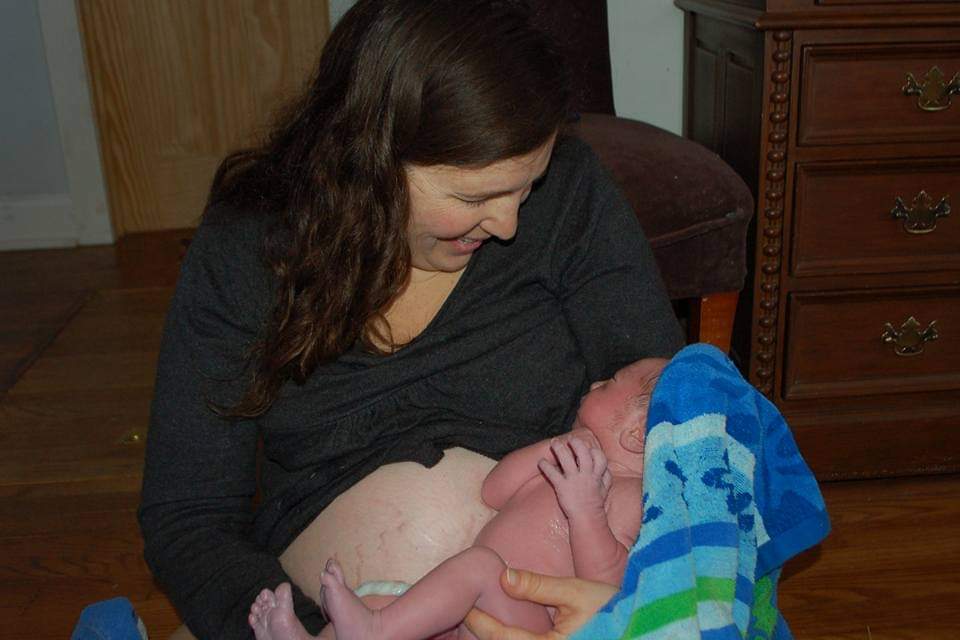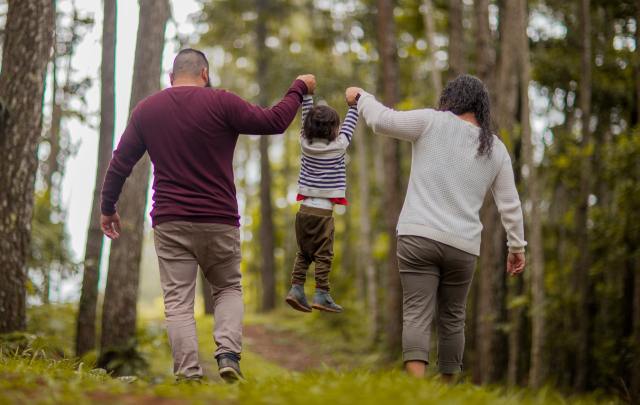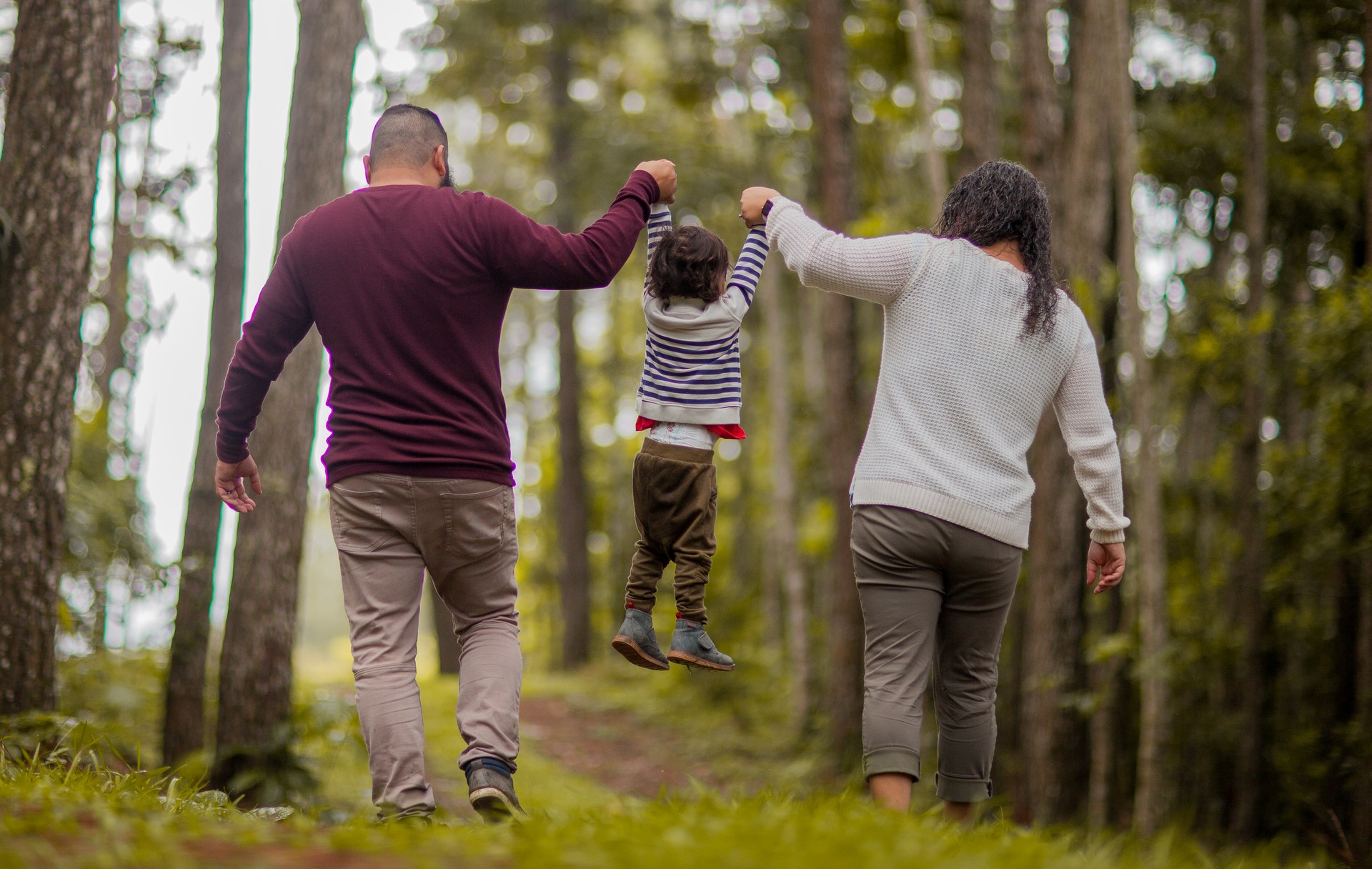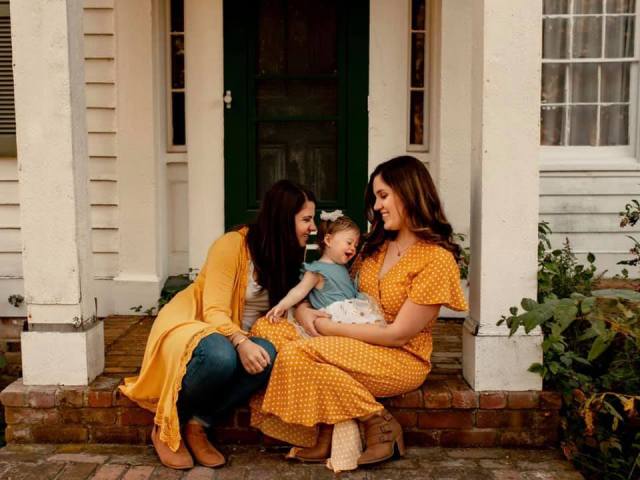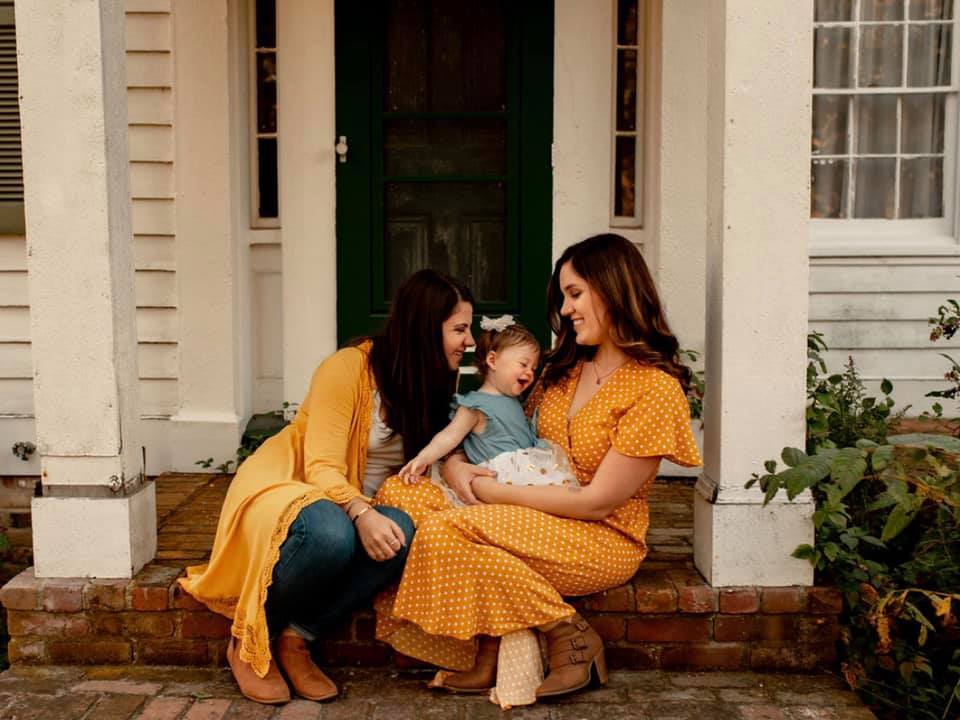After many years of struggling to get pregnant and the tedious, stressful saga of going through IVF (four years of it), my partner and I were incredibly lucky our last viable embryo hit positive. Hooray!
On that day, though, a new challenge began: How do I stay healthy to maximize my chances of having a healthy baby? Having had so many appointments during IVF, I was surprised to have so few appointments during pregnancy. In the beginning, doctor’s visits were just once a month or so; check-ins only became more frequent in the last few weeks. In between, I often felt on my own, breaking new personal ground as I experienced the various phases. I constantly asked myself, “Am I doing enough?” “Is my body keeping up with all the changes happening inside?” So many questions flooded my hormonally saturated neurons.
Pregnant people frequently experience constipation, sleeplessness, lack of motivation, emotional volatility and exhaustion. Unfortunately, I had all of these, and I was not thrilled about taking medication to alleviate the issues.
Because of my background (I have a Ph.D. in biochemistry and am the co-founder and CEO of a company called Ixcela, which develops tests and programs to improve the health of the gut microbiome), I knew that a lot of these symptoms could be caused by poor gut health and/or nutritional deficiencies and that I could take action against them.
One major issue tends to be a lack of protein. According to the American Pregnancy Association, pregnant women should consume between 75-100 grams per day or about 25% of their daily caloric intake. Many think they are getting enough—from a handful of almonds or a small serving of eggs—when they really aren’t. (Sorry, friends. Protein, NOT carbs. That means doubling up on Häagen-Dazs won’t solve the problem.)
Protein is important because it contains two critical amino acids (the building blocks of proteins) that the body needs, especially during pregnancy. The first is tryptophan. Since your body can’t make tryptophan, it must be digested through various types of food (meats, cheeses, fish, beans, etc.)—basically anything with protein in it. The bacteria in your intestines (a.k.a. your gut microbiome) take the tryptophan you eat and convert it into many other things, including serotonin. Serotonin is important for your mental health/sanity and happiness as well as gut motility—yes, your tushy’s ability to comfortably bond with your toilet bowl. Going one step further, your body takes serotonin and converts it into melatonin, which is critical for good sleep.
The second amino acid is tyrosine, which is found in seeds, edamame, cheese, fish, lentils and yogurt. The bacteria in the intestine (the gut microbiome again) convert it into important molecules, such as adrenaline (the molecule that helps you have the initiative to do stressful things) and dopamine (the “feel-good” molecule).
You might see where I’m heading with this: Not enough tryptophan in your diet = not enough serotonin and melatonin = feelings of emotional distress, constipation and bad sleep. Not enough tyrosine in your diet = lack of motivation and feelings of depression.
Take a step back and think about it. When you are pregnant, you are building a little person, and that human being requires extra protein. If, however, you are not getting enough, the baby continues to be built, which depletes your load of tryptophan and tyrosine and leads to the adverse effects and feelings mentioned above. Booo.
How Do You Know Whether You’re Getting Enough Protein in Your Diet?
If you’re feeling sluggish, constipated and lacking motivation, you may have an unhealthy microbiome or be short on protein. You can slowly increase your daily intake to see if it improves your mood and bowel movements.
But, for me, following general guidelines wasn’t enough—and my symptoms proved that something larger may be amiss. I wanted to truly know what my body needed not just to handle the pregnancy, but also to provide the best environment for my baby. And as a student of science and a self-proclaimed super dork, I am a believer in measurement. If you can measure it, you can manage it!
Instead of guessing about what’s happening in your body, wouldn’t it be great to do a test to see what is actually happening? After all, pregnancy drastically changes your body—how you utilize nutrients, what appears in your blood work and your hormone levels. If you want to optimize its functioning, it’s best to know your baseline. The good news? You can test your protein levels and the health of your gut through a simple pin-prick blood test to determine whether or not you’re getting the nutrients you need in your diet—all conveniently at home.
And if you’re wondering, “How do I know if the bacteria in my gut can take the protein I’m eating and effectively turn it into these other molecules that are important for my (and my baby’s) well-being?” This can also be answered with the same test. It will show if your gut microbiome is healthy enough to convert your protein into other molecules effectively, and if it’s not, make recommendations to adjust your diet to maximize your body’s function.
Throughout my pregnancy, I religiously tested myself every three months and followed the dietary and lifestyle recommendations based on the results. I was able to move the needle on protein levels, which significantly helped my quality of sleep, kept me afloat emotionally during the hormonal roller coaster and helped ease my perpetual constipation. The changes I implemented took a few weeks to kick in (the microbiome takes around three-to-four weeks to change), but pregnancy is a nine-month process, so it’s worth the effort on the front end.
Pregnancy is tough on your mind and body, and there will be times when you have to muscle your way through. But some of these simple things can really make you just a bit more comfortable. Remember: Having a good microbiome will help with guts, butts and not going nuts.
